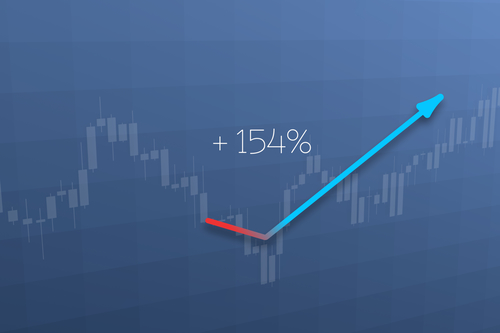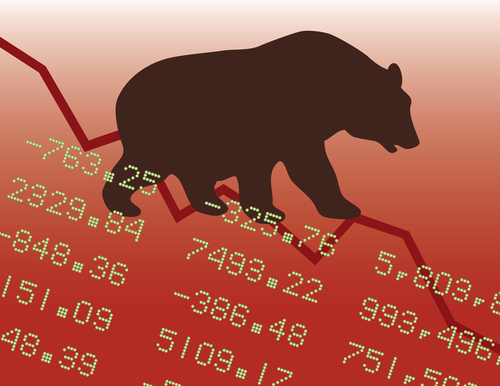How to Spot Potential Breakout Opportunities

Great traders will always go where the action is.
Volatility, momentum, new highs, and liquidity are some of the key traits they’ll look for. Other times, there’s a fundamental reason for the break, including news, or event that’ll draw even more traders in.
Just what is a breakout, though?
A breakout occurs when a price clears a critical resistance points on a chart. It could be a trend line, support, or resistance level – all of which represents the sentiment of traders.
However, before you trade any signs of what you believe to be a breakout, there must be confirmation. Or, you risk trading a false move that could result in a sharp reversal. Instead, we want to look for stabilization above prior resistance points to watch for new support.
Here are three chart patterns to be aware of.
No. 1 – The Reversal Break
A reversal breakout can happen after a sharp down move with heavy volume. This can happen from a combination of frantic short covering or bargain buyers watching oversold momentum indicators. For example, let’s look at Canadian Solar (CSIQ).

In late 2016, early 2017, the stock became aggressively oversold on several momentum indicators, including relative strength (RSI), MACD, and Williams’ %R. When that happens, the stock has had a history of reversing and breaking higher, as we can see here.

No. 2 – The Consolidation Break
Breakouts can happen after a stretch of consolidation, or flat trading where prices stay within a tight range of highs and lows. Breaks from consolidation can happen on rising volume, or can rise quickly, and violently on volume spikes. A great example of this can be seen on the Dow Jones Industrial Average (DJIA).
Between July and November 2016, uncertainty over U.S. elections kept the market in an incredibly tight range. Once news broke of the election results, the index shot higher. It happened again between December 2016 and February 2017 before we saw a breakout from consolidation. Each time, news helped force it higher.

No. 3 – The Pennant Break
A flag pattern can show up in the middle of a trend and often give you another opportunity to buy. Typically, a flag will show up when the price of a stock moves up (bull) or down (bear) in a strong trend, but then pauses.

The price of the stock will then trade sideways in a narrow, sometimes sloping range. Drawn trend lines will represent support and resistance, as the stock is narrowing will form a rectangular shape – much with the look of a flag.
Eventually, the price will break out of the flag pattern and continue the original paused trend. As with most patterns, there is a bullish and bearish version. With a bullish flag, you’ll notice the flag sloped down slightly after an incredible move higher.
With a bearish flag, you’ll notice the flag sloped up after an incredible move lower.



